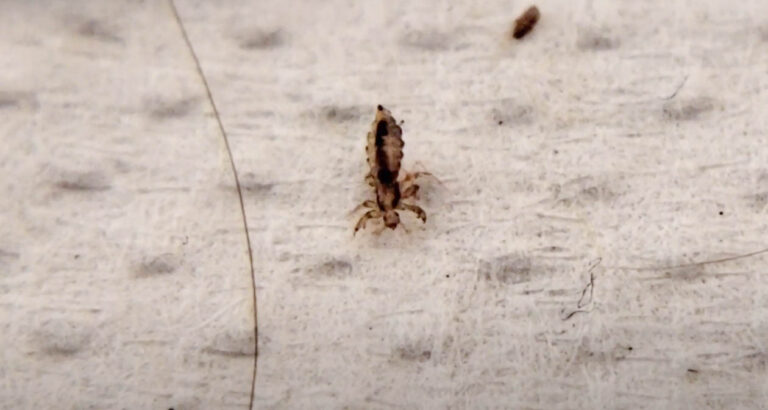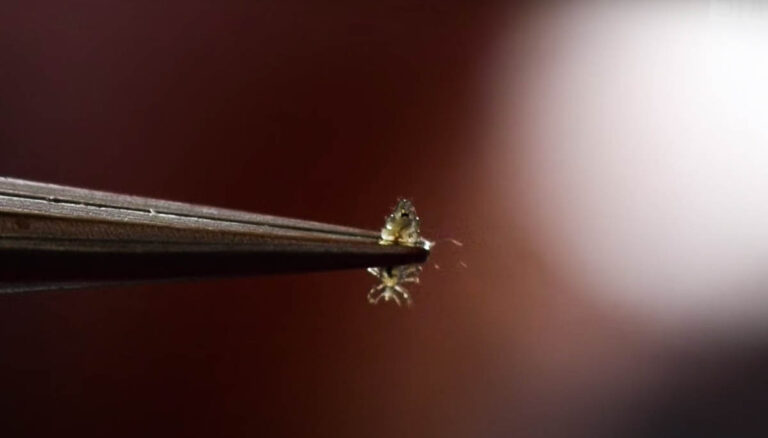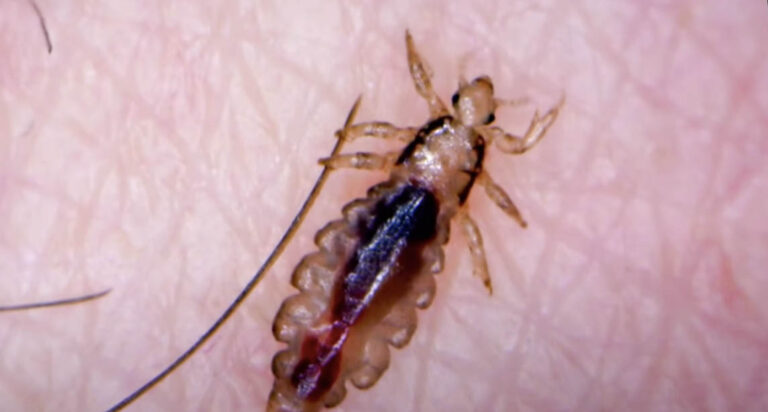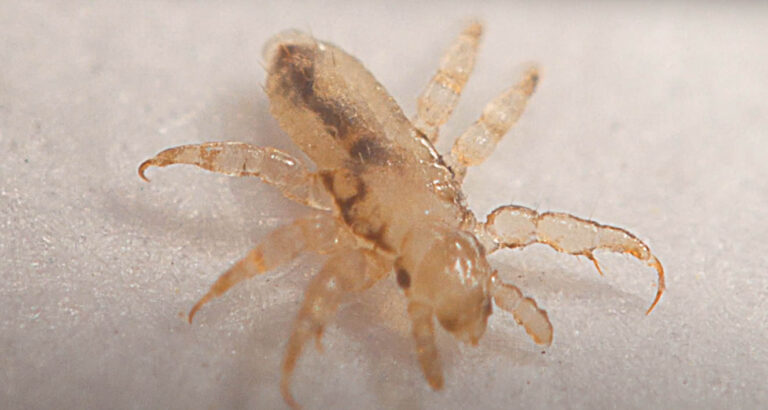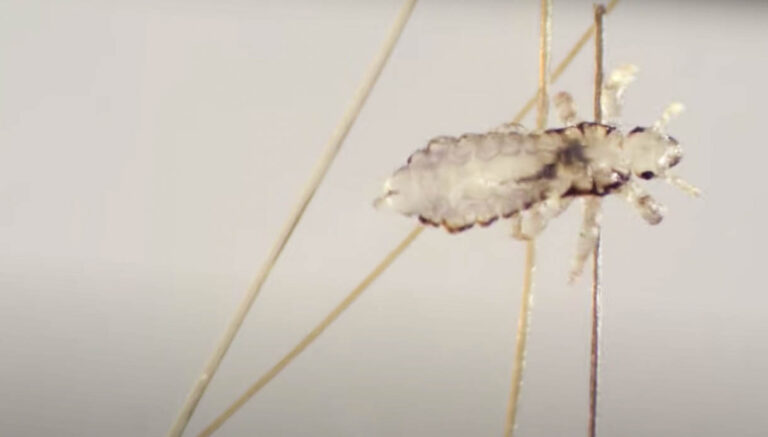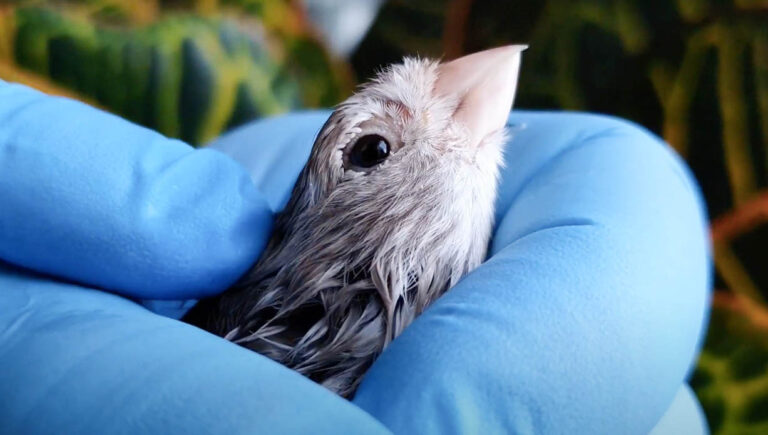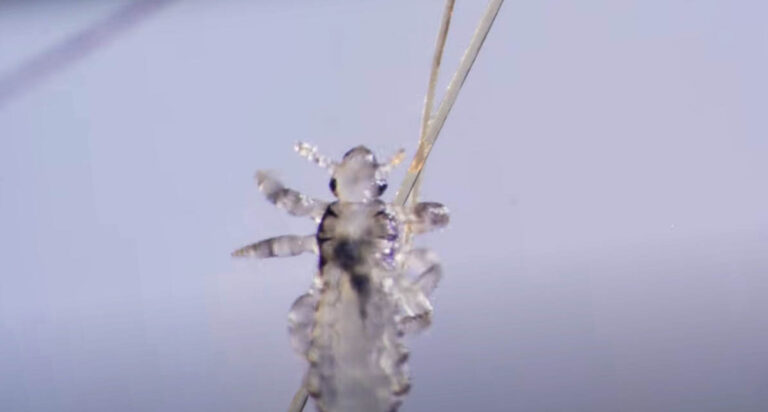About Human Lice
About Human Lice
A common parasite in humans is what we call “human lice”. These parasitic insects are often found in areas of the body that have hair such as the head or around the body. They usually feed on human blood and tend to stick close to the skin or scalp. While they cause a lot of irritation, there are some types of human lice that don’t spread disease while others may possibly do so. Those who get infected with human lice may depend on how exposed they are to the parasite. Each of the different lice can be transmitted through different activities. However, people of any age will still be able to catch human lice.
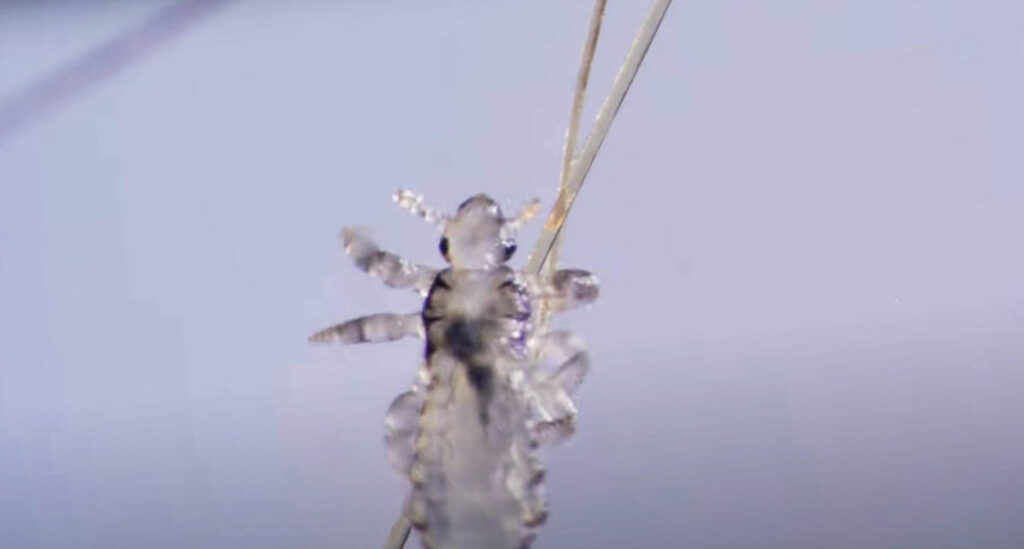
Appearance
Normally, human lice are rather small, whether they are in the first phase or are already full- grown. They follow a life cycle of three different stages namely:
1. Egg or Nit
These are what the female adult louse will lay, often at the base of the hair shaft nearest to the skin. The egg is likewise the size of a knot on a thread, oval-shaped and dark in color – which can make them hard to see or notice. If the nit is located anywhere further than ¼ an inch from the base of the hair shaft, this may mean that the egg has already hatched and therefore have left their casings.
2. Nymph
Once hatched, the nit turns into a nymph. Although still small in size, they already have grown antenna and legs (usually six) in a light brown-like color. In this stage, they need blood in order to live and grow. In 9 to 12 days after hatching from their case, they will grow into adults.
3. Adult
Lastly, there’s the fully grown stage. Once the head louse grows into an adult, it will become the size of a sesame seed. They have six legs and their color ranges from a tan color to somewhat gray. The female lice are often bigger or fatter than that of the males. Adult crab lice differ from the other types of human louse in appearance mainly because they are more of a rounder shape; comparable to that of a crab.
Most human lice are found close to the infected person’s skin -usually in places of the body that are often hairy. They grasp onto the hair to remain on the head with the help of their hook-like claws found at the end of each of their legs. Human body louse is similar to this but instead stays attached to clothes, moving only to the skin to feed. Human blood serves as the main food source for human lice. They could live up to 30 days on the scalp. But if they fall off or are removed, they eventually die within a day or two. In the span of time the louse spends attached to the person, the female adults are able to lay about six eggs in a day.
Behavior
One thing about human lice is that they cannot fly or hop -they only have the ability to crawl therefore the only way to get infested with human lice is to be in direct contact with someone who is already infested. There are instances where human louse can travel from person to person through clothes, towels, combs, and other similar personal items if they are used by an infected person.
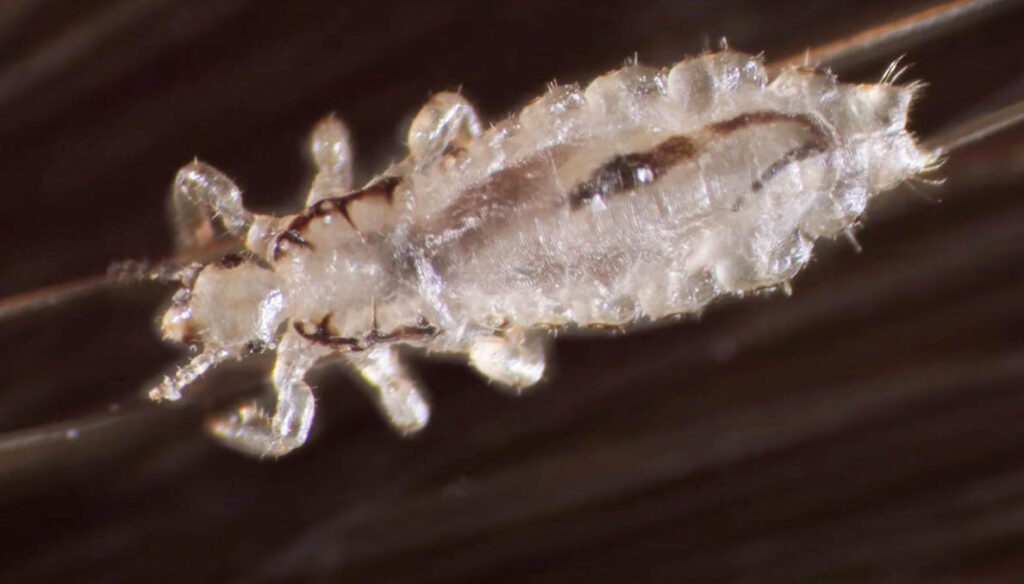
Lifestyle and Habitats
Most human lice are found close to the infected person’s skin -usually in places of the body that are often hairy. They grasp onto the hair to remain on the head with the help of their hook-like claws found at the end of each of their legs. Human body louse is similar to this but instead stays attached to clothes, moving only to the skin to feed.
Human blood serves as the main food source for human lice. They could live up to 30 days on the scalp. But if they fall off or are removed, they eventually die within a day or two. In the span of time the louse spends attached to the person, the female adults are able to lay about six eggs in a day.
Different Kinds of Louse
There are three different kinds of human louse:
1. Head lice
This type of louse is located in the areas of the human head such as the hair, and sometimes the eyebrows and eyelashes although it is rather uncommon. Those who commonly catch head lice, according to various observations, are children between the ages of 3 to 11. They transfer through direct head-to-head contact.
2. Body lice
This louse is rather different because it lives in clothing. They move to the human skin to feed on the blood and return to the clothing when they are done. Often times, this is caused by neglected health and hygiene and therefore is common among people who live in crowded and unsanitary areas.
3. Crab lice
This human louse is the only type that doesn’t usually get transmitted through the use of similar personal items. They are located in the pubic area and therefore are often transmitted through direct sexual contact.

